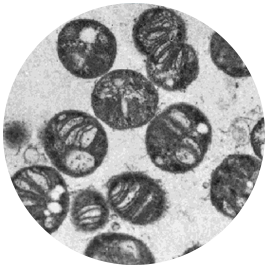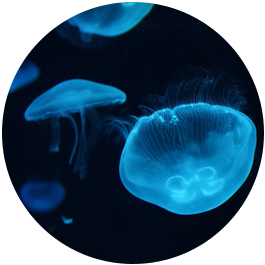
Methane-eating microbes called methanotrophs
exploded in the days after the spill. By day 11 the
microbes were consuming the methane 60,000 times
faster than the rate at natural oil seeps, showing that
nature has its own way of cleaning up a spill. Other
kinds of microorganisms degraded additional
hydrocarbons spilled in this tragic incident, though
many hydrocarbons are too complicated to be
degraded by microbes.

The degradation of oil largely depends on how easily
microbes can get access to it. The smaller the oil drops the
more oil microbes can degrade. Wind and waves have a
huge part to play in breaking up oil, and so do animals
swimming in the ocean. Jellyfish are able to break up oil
simply by swimming through the slick and small
zooplankton called copepods can reduce an oil drop by
a fourth when they ingest them. Though it’s a significant
help for an oil cleanup, interacting with the oil
likely harms the animals’ health.

Fish hearts are damaged by oil. Studies of mahi mahi
show that both juvenile fish and adult fish lose the
ability to efficiently pump blood throughout their body,
even when exposed to oil for just a day. This suggests
that other creatures like mammals may also be
affected by oil spills, even as adults.